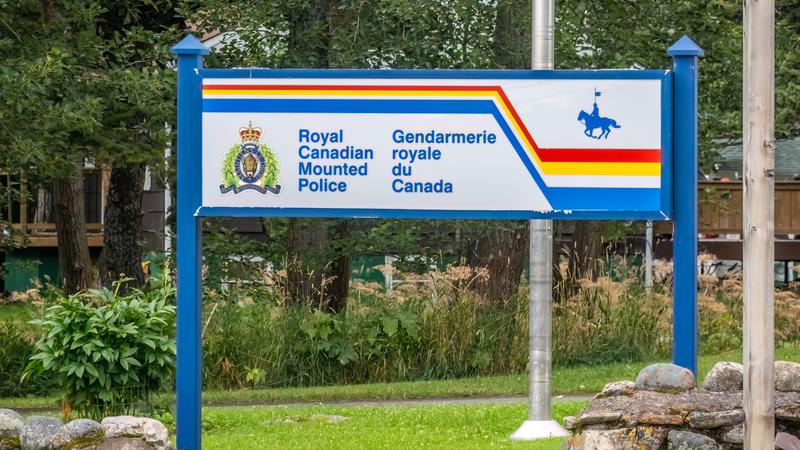
Policing costs for small municipalities going up 39%, but Alberta gov’t will cover for one year
Alberta municipalities with fewer than 5,000 people will soon pay 39 per cent more for policing costs, but not before the Alberta government covers the increase for one year.
The UCP announced in 2019 that these smaller municipalities would have to start paying 30 per cent of policing costs, which they say has led to the hiring of hundreds of new RCMP positions across the province — 285 regular members and 244 on civilian duties.
The government says costs are rising due to changes in RCMP collective bargaining agreements.
In 2025, Alberta will give municipalities $27 million for one year to offset the spike, but after March 2026, they’re on their own.
